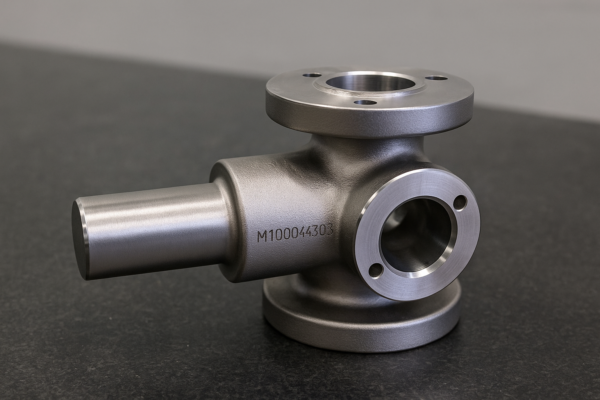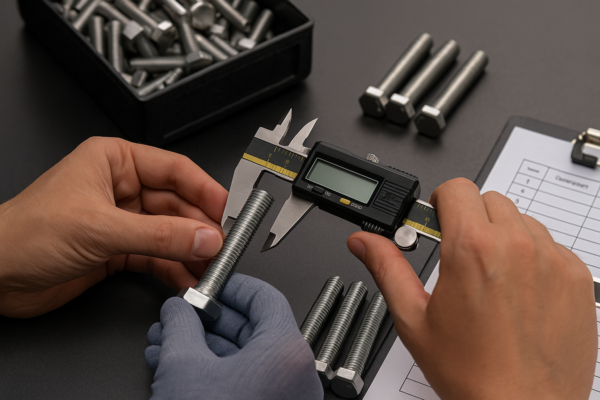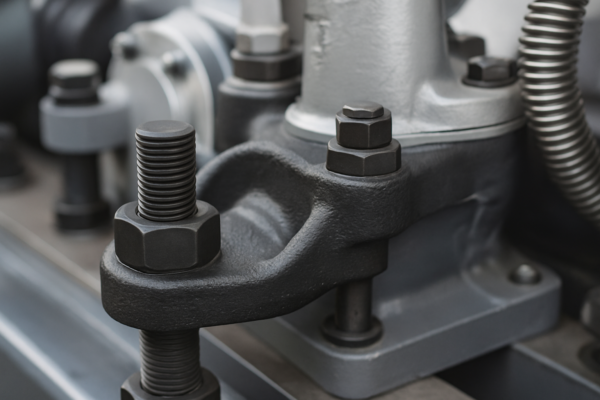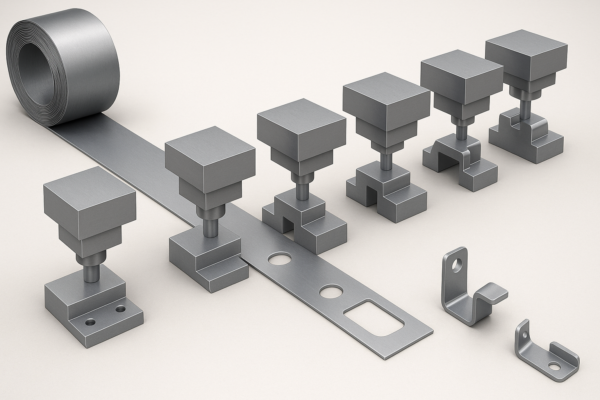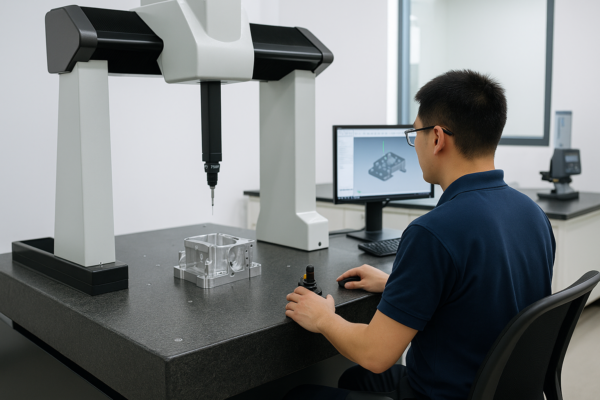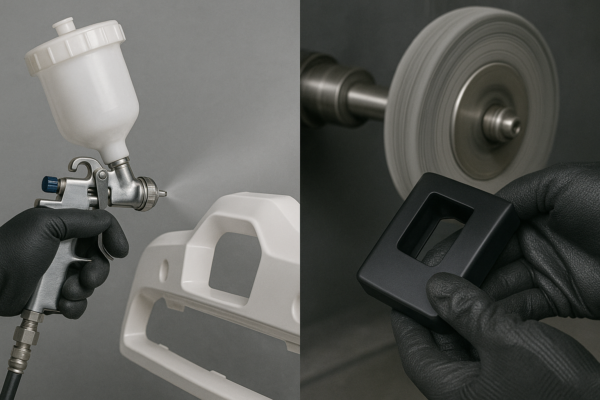Optimizing Metal Casting Design: How Can Better Parts Cut Costs & Waste?
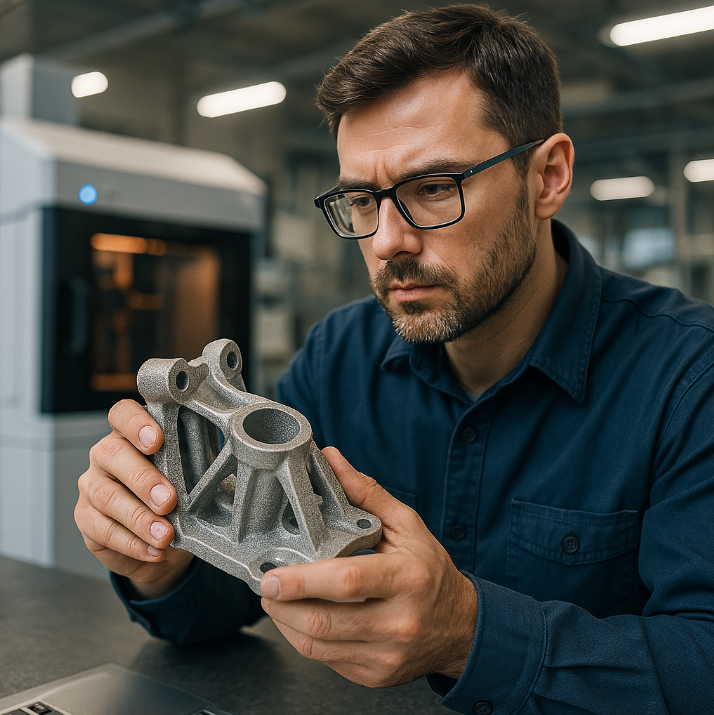
Poorly designed metal castings waste material, slow production, and increase defects—but smart design strategies boost quality while cutting costs by 20-40%. At Prime Manufacturing, we’ve optimized over 500+ casting designs, reducing scrap rates from 12% to just 3%.
Optimized casting designs minimize material use, improve mold-filling efficiency, and reduce machining needs—enhancing productivity while maintaining structural integrity.
Struggling with high scrap rates or slow production? Here’s how design tweaks and smart simulations can maximize output while reducing waste.
1. How Does Design for Manufacturing (DFM) Improve Casting Efficiency?
Smart design choices make casting faster and cheaper.
✔ Uniform wall thickness (prevents cracking & shrinkage)
✔ Gradual section transitions (reduces stress concentrations)
✔ Generous fillets & radii (minimizes mold wear)
✔ Draft angles (1-3°) (ensures easy mold release)
| Before vs. After DFM Case Study | Factor | Old Design | Optimized Design |
|---|---|---|---|
| Material Use | 12.5 kg | 9.3 kg (↓25%) | |
| Pouring Time | 45 sec | 32 sec | |
| Machining Needed | 5 operations | 2 operations |
Our AI-assisted DFM software reduces design flaws before production even starts.
2. What Role Do 3D Printing & Simulation Play in Casting Optimization?
Virtual testing eliminates costly trial-and-error.
✔ Flow simulation (predicts air traps & cold shuts)
✔ Thermal analysis (optimizes cooling rates)
✔ Stress testing (identifies weak points pre-casting)
With Magmasoft® simulations, we fixed 90% of defects digitally, cutting prototype costs by 65%.
Benefits of 3D-Printed Sand Molds
| Parameter | Traditional Molding | 3D-Printed Molds |
|---|---|---|
| Lead Time | 3 weeks | 3 days |
| Complexity | Limited | Extreme detail |
| Material Waste | High (machining excess) | Near-zero |
3. How Does Gating System Design Affect Casting Quality?
A bad gating system = defects + wasted metal.
Optimal Gating Rules
✔ Low turbulence (minimizes oxide formation)
✔ Fast, even filling (prevents cold shuts)
✔ Proper venting (reduces gas porosity)
Our naturally pressurized gating system reduced rework by 40% in aluminum castings.
4. Can Lightweighting Reduce Costs Without Sacrificing Strength?
Thinner ≠ weaker if designed right.
✔ Hollow structures (saving 15-30% weight)
✔ Rib reinforcement (maintains rigidity)
✔ Topology optimization (removes excess material)
Case Study: Our redesigned automotive bracket went from 2.4 kg → 1.6 kg with no strength loss, saving $4.50 per part.
5. What Post-Casting Optimizations Improve Profitability?
Reducing machining & finishing time = big savings.
✔ Near-net-shape casting (less post-processing)
✔ Automated grinding (consistent surface finish)
✔ Self-mating features (eliminates alignment steps)
By integrating locator pads into castings, we cut CNC milling time by 50%.
Conclusion
A well-designed casting is cheaper, faster, and stronger. Through smart DFM, simulation, and process refinements, waste can drop below 5% while productivity improves. Need leaner, higher-yield castings? Our ISO-certified foundry combines 3D printing, AI simulation, and 30+ years of expertise to cut your costs without compromising quality. Request a free design review today!

